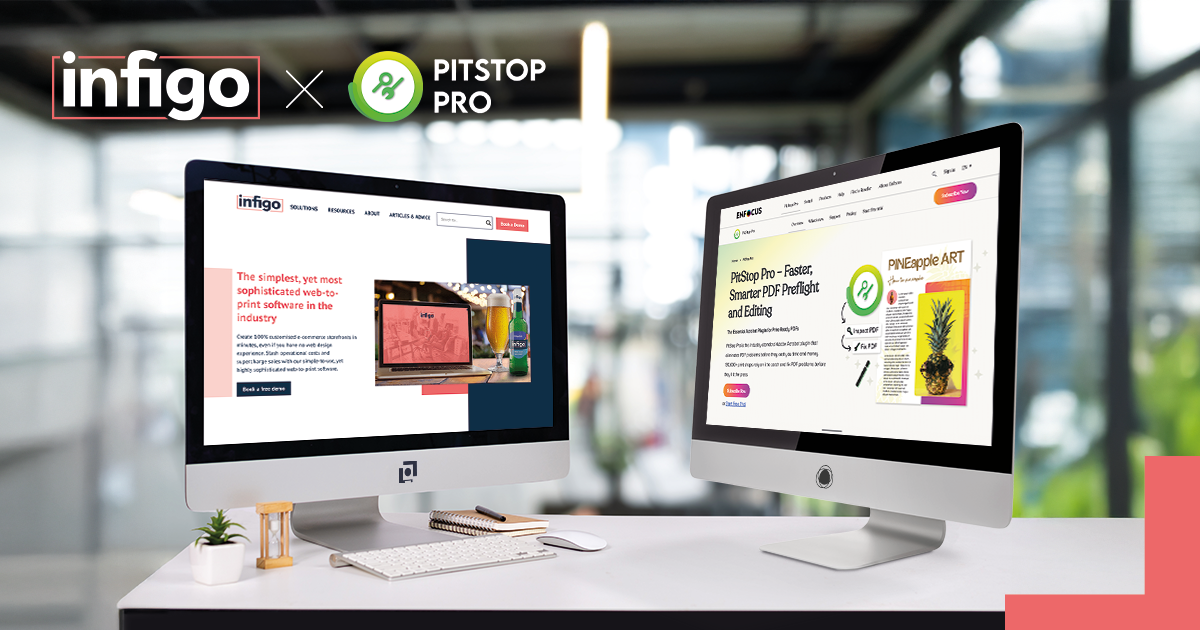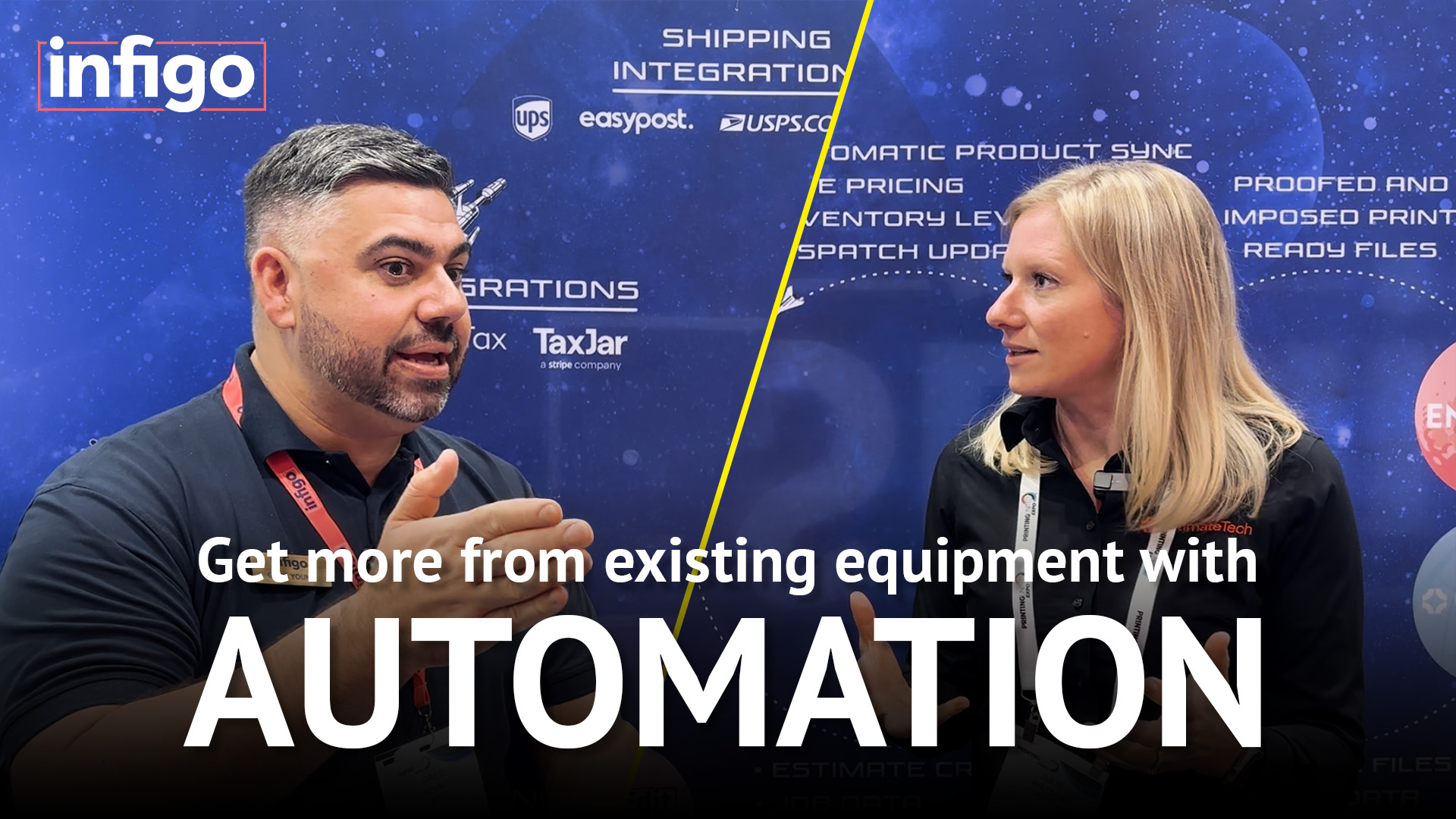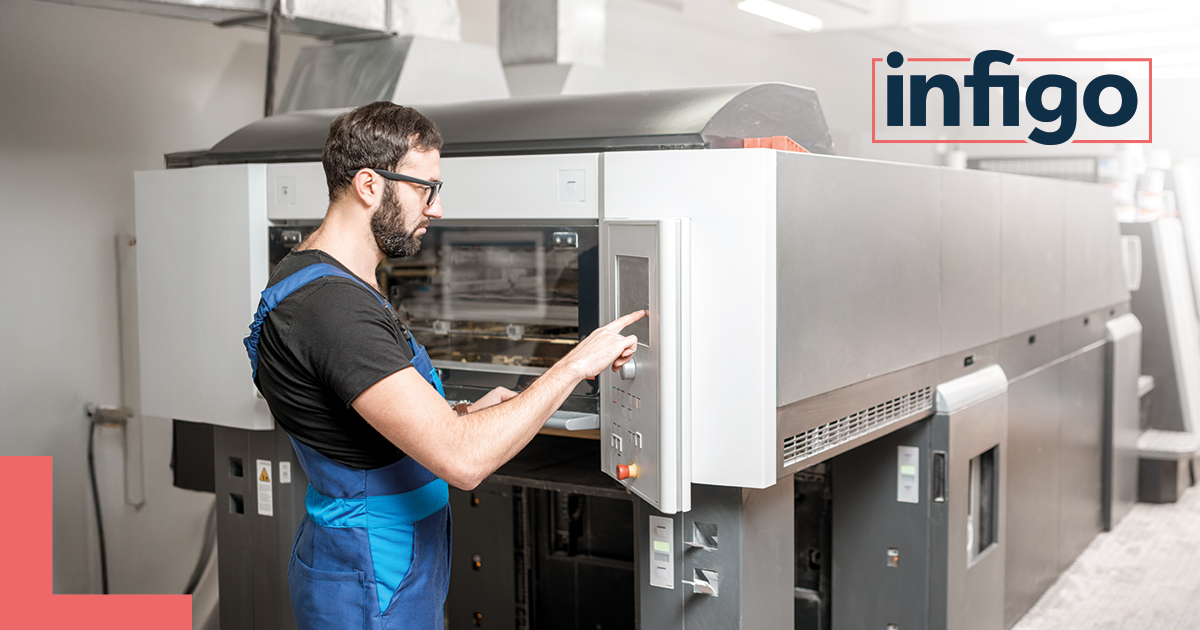Over the past nine years, I’ve had the privilege of working with the Infigo platform and watching it evolve into something truly essential for businesses looking for an automated print workflow. During that time, I’ve also seen the print industry undergo a massive digital transformation, one driven by customer expectations and the rise of e-commerce. What started as a powerful tool for automating print has grown into a critical part of keeping print businesses relevant in an increasingly digital, competitive marketplace.
Why Adoption of Web-to-Print Has Accelerated in Recent Years
One memory that’s always stayed with me is a meeting with a Chief Technology Officer (CTO) and Chief Marketing Officer (CMO). As we talked, the CMO said, somewhat exasperated, “My Gen Z team members don’t pick up the phone.”
That moment turned into the easiest pitch I’ve ever made – showing her the intuitive ordering experience, available 24/7, where those same team members could self-serve, customise, and order print products without a single call or email.
They have been a customer now for over 5 years and have continued to add numerous products to the site with over 300 locations globally.
Canva and VistaPrint: Not Quite Web-to-Print
The truth is, Web-to-Print has been around for a while. But in my opinion, the real adoption curve has only taken off in the past five years. A big part of that is thanks to platforms like Canva and VistaPrint.
They’ve done an excellent job of educating the public – not just on how print works, but how to interact with digital design tools. Sure, the resulting artwork might not be 100% print-ready (prepress teams, I see you rolling your eyes), but these tools have raised general awareness in a way that benefits all of us in the industry.
Maintaining Brand Consistency Through an Automated Print Workflow
However, there’s a flip side – especially for marketing departments. While Canva is great for accessibility, it can quickly become a headache when enthusiastic sales reps decide to design their own presentations without a shred of on-brand content. I’ve seen everything from stretched logos to Comic Sans in pitch decks. Well-intentioned I’m sure, but ultimately off-brand. That’s where an automated print workflow really comes into its own.
With a smartly implemented platform like Infigo, marketing teams can ensure that all brand assets – from logos to messaging – are locked in and beautifully presented. At the same time, sales reps still get to add a personal touch. Want their photo and contact details on a brochure or presentation? No problem. But it all happens within a framework that protects your customers brand integrity.
Make Every Print Interaction a Marketing Opportunity
And the benefits don’t stop there. Web-to-Print can also become a subtle but powerful marketing tool. Why not include a small banner or upsell prompt – “Did you know we also do Christmas cards?” – and turn every interaction into an opportunity to cross-sell or remind users of the full scope of your services.
So yes, Web-to-Print isn’t new. But in a world that moves faster and expects more from print suppliers, it has never been more essential. To find out how you can start an automated print workflow, speak to one of our experts.




